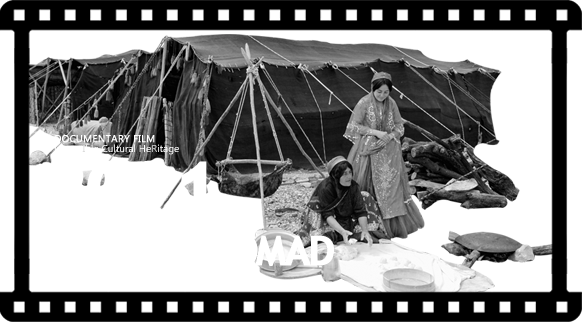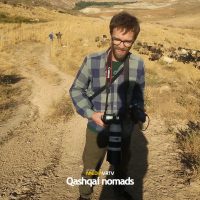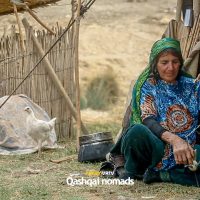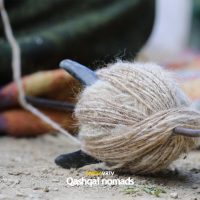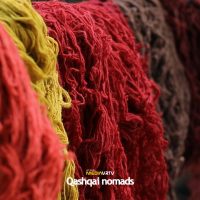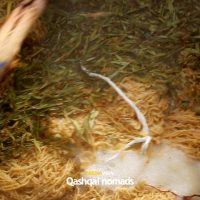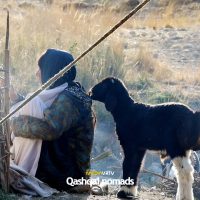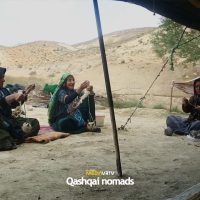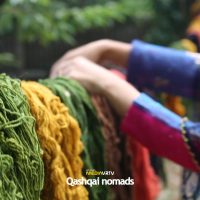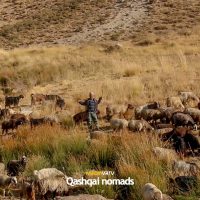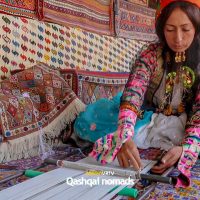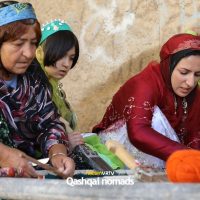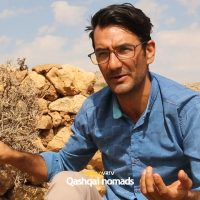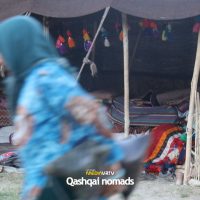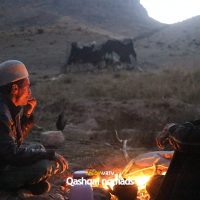Work by Iman Tash, Amir sharif
Film Time : 43 Min
Film Time : 43 Min
About Film
Iranians enjoy a global reputation in carpet weaving, and the QASHQAI NOMAD of Fars, located in the south-west of Iran, are among the most prominent. Wool for the carpets is harvested by local men in spring or autumn. The men then construct the carpet loom - a horizontal frame placed on the ground - while the women convert the wool into yarn on spinning wheels. The colors used are mainly natural: reds, blues, browns and whites produced from dyestuffs including madder, indigo, lettuce leaf, walnut skin, cherry stem and pomegranate skin.
Iranians enjoy a global reputation in carpet weaving, and the QASHQAI NOMAD of Fars, located in the south-west of Iran, are among the most prominent. Wool for the carpets is harvested by local men in spring or autumn. The men then construct the carpet loom - a horizontal frame placed on the ground - while the women convert the wool into yarn on spinning wheels. The colors used are mainly natural: reds, blues, browns and whites produced from dyestuffs including madder, indigo, lettuce leaf, walnut skin, cherry stem and pomegranate skin.


